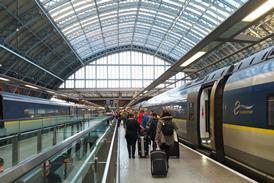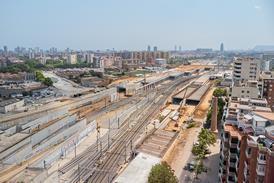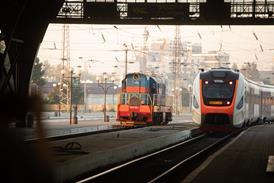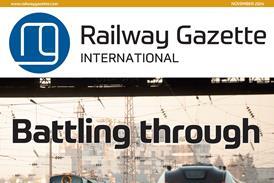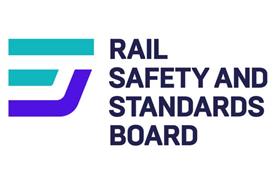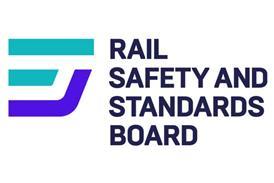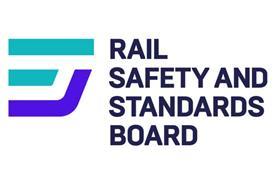FIVE YEARS have slipped by since the newly-created Railtrack launched in March 1994 a feasibility study into the upgrade of Britain’s prime inter-city route. The West Coast main line - actually a network linking London Euston with Birmingham, Manchester, Liverpool, Glasgow and Edinburgh - had already been scheduled by British Rail for modernisation in the early 1990s. Tenders were called for 250 km/h tilting trains, but that project died in the investment freeze preceding privatisation.
By March 1995 we had Railtrack’s report. Underpinning the investment case for asset renewal and modernisation at the existing 177 km/h line speed limit was replacement of most lineside signalling by radio-data links between train and control centre, providing moving block at Level 3 of the European Train Control System. More than half the cost savings in this core investment programme were attributed to TCS, from which ’major benefits should start to flow through approximately five years from the start of the development contract’ - then scheduled for ’late 1995’. Against this statement, a cynical hand had written ’Utterly impossible!’ in our archive copy.
Fast forward to October 1997, and the announcement of Railtrack’s Passenger Upgrade 2 agreement with Virgin Group (RG 12.97 p844). PUG1 and PUG2 were to see Virgin’s new fleet of tilting trains operating reliably at 200 km/h from May 2002, rising to 240 km/h by May 2005 at double today’s frequency. Railtrack’s challenge was to complete all disruptive works by the first date, and TCS well before the second.
To the surprise of few insiders, the spring of 1999 sees crucial project milestones under threat. On April 30, Railtrack failed to issue a Network Change Notice for infrastructure alterations, part of the formal consultation process with train operators required by its Network Licence. On May 28, the PUG2 contract requires Railtrack to supply Virgin with a dated schedule of works and the engineering possessions required to complete them. By June 30, all works must be frozen so that the process of obtaining authority under the Transport & Works Act to complete them can commence.
Far from being able to comply, Railtrack is deeply mired in a dispute with passenger and freight operators over the capacity of the WCML to accommodate their current services reliably after Virgin virtually monopolises the fast pair of tracks south of Rugby. On April 30, Railtrack was forced to admit at a meeting called by the Acting Rail Regulator that it could not even honour a previous commitment to provide 42 extra slow line paths each way after PUG2, let alone meet operators’ legitimate aspirations for projected traffic growth.
There seems little doubt that the new Rail Regulator, Tom Winsor, will force Railtrack to add track capacity after he takes over on July 5. This will be a complex and expensive process, postponing by months the moment at which the schedule of works can be frozen. Both Virgin and freight operator English Welsh & Scottish Railway are briefing their lawyers. The financial consequences for all the players are horrendous, yet the tangled web of legally binding contracts makes it exceedingly difficult to get everybody round a table and hammer out a practical solution.
The unique privatisation model adopted by Britain has produced some tangible benefits, but it makes the planning and implementation of complex projects like PUG2 extraordinarily difficult because nobody is in charge. Reform may be on the launchpad, but it has a very long way to go.

